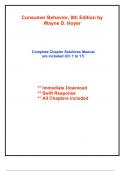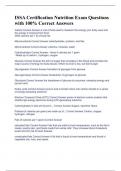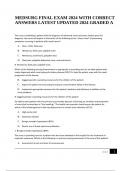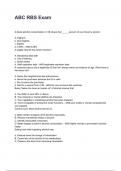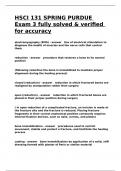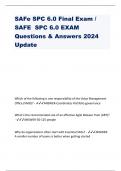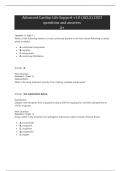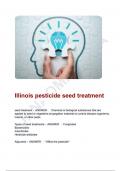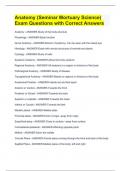Exam (elaborations)
Solutions for Consumer Behavior, 8th Edition by Hoyer (All Chapters included)
- Course
- Institution
Complete Solutions Manual for Consumer Behavior, 8th Edition by Wayne D. Hoyer, Deborah J. MacInnis, Rik Pieters ; ISBN13: 9780357721292....(Full Chapters are included and organized in reverse order from Chapter 17 to 1)...1. Understanding Consumer Behavior. 2. Motivation, Ability, and Opportunity...
[Show more]
